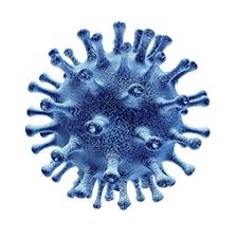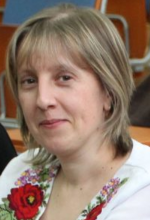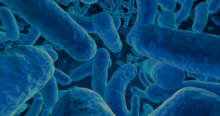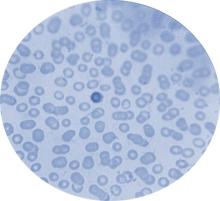Virology
Virology studies non-cellular forms of life (viruses, viroids, and prions). The aim of the course is to describe viruses as intracellular genetic parasites, their interaction with the cell, outcomes of infection for the host, and current achievements in prophylaxis (vaccines) and chemotherapy of viral diseases. The course examines the peculiarities of the structure of virions and virus genomes, the properties of viral proteins, the principles of virus classification, stages of virus reproduction, types of viral infections, the components of antiviral immunity; methods of virus study (microscopy, biochemical and immunological methods); oncogenic viruses and their role in the development of cancer, the main human viral diseases (respiratory diseases, hepatitis, herpesvirus infections, AIDS), prion diseases, ways of spreading viral infections and methods of combating them (vaccines and antiviral drugs), application of viruses in biomedical research and biotechnology.
The spread of viruses on the Earth. Reasons for studying viruses. Discovery of viruses. The nature and properties of viruses. Naked and enveloped viruses. Bacteriophages.
Viral nucleic acids. Viral proteins. Persistence of viruses in the environment. General principles of virus classification. Main DNA and RNA viruses.
Virus transmission. The main aspects of the reproduction of viruses. Lytic and lysogenic cycle of viruses. Attachment and entry of viruses into cells. Transcription of viral genomes. Translation of viral mRNAs. Virus genome replication. Assembly and exit of virions from cells. Lysogeny of phages.
Genomes of viruses. Compactness of the viral genome and diversity of coding strategies. Proteins encoded by the viral genome. Interactions between viral genomes (complementation, interference, recombination, reassortment).
Pathogenicity and virulence of viruses. Classification of viral infections at the cellular level. Cytopathic effect of viruses. Classification of viral infections at the level of the organism.
Cultivation of viruses. Structural investigations of cells and virions. Biochemical methods: electrophoretic techniques and PCR. Identification of viruses using antibodies.
Innate and adaptive antiviral immunity. Cells of the immune system involved in virus neutralization. Interferons, their types, induction and role in antiviral immunity. Antiviral antibodies. Primary and secondary immune response. Ways of evasion by viruses of the immune systems.
Oncogenic viruses and virus-linked cancers. Integration of viral and cellular genomes. Properties of cancer cells. Overview of mechanisms of viral carcinogenesis. Mechanisms of transformation of proto-oncogenes into oncogenes.
Influenza virus. Coronavirus infections. Poliovirus and hepatitis A virus. Human immunodeficiency virus.
Herpesviruses. Adenovirus infections. Hepatitis B virus.
Hypothesis of origins of viruses. Evolution of viruses. New viruses.
Types of vaccines and their effectiveness and safety. Examples of live, killed, peptide and genetically engineered vaccines. Problems in the development of vaccines. Introduction to antiviral drugs. Abnormal nucleosides as antiviral drugs. Drug resistance.
Prions as infectious protein agents. Prion diseases. Potential mechanisms of prion formation. Prion transmission. Biological role of prions.
Anti-bacterial agents. Sources of enzymes. Gene vectors for protein production. Recombinant viruses as gene therapy vectors and anti-cancer agents.





